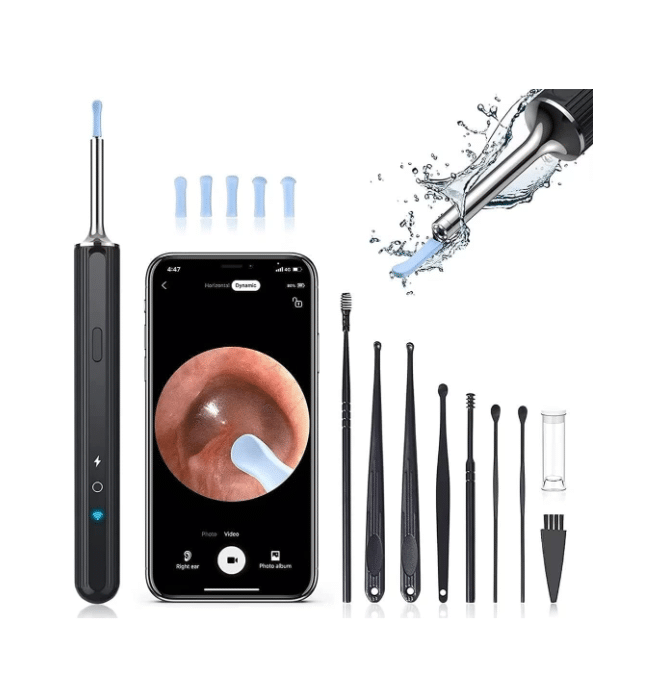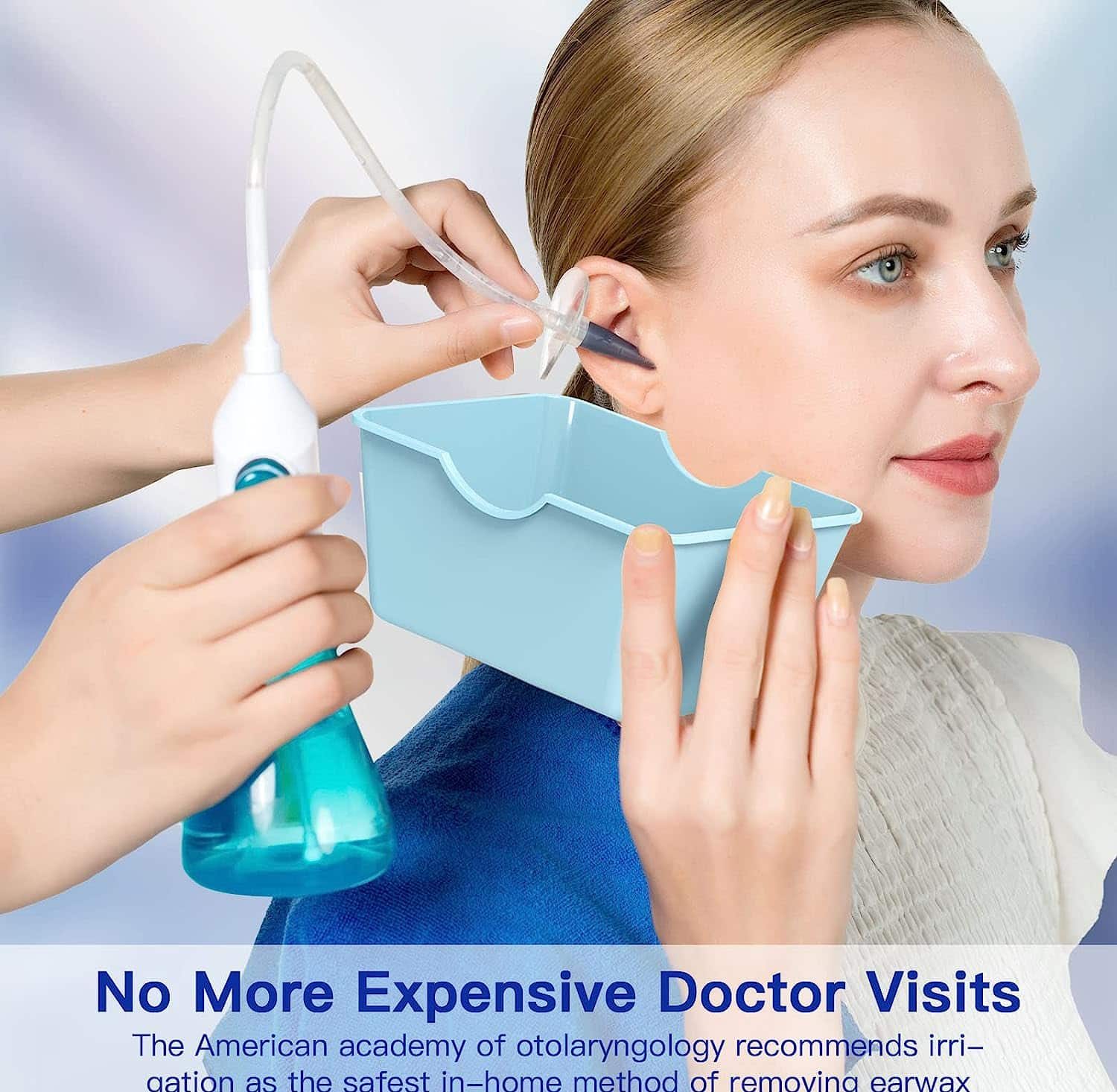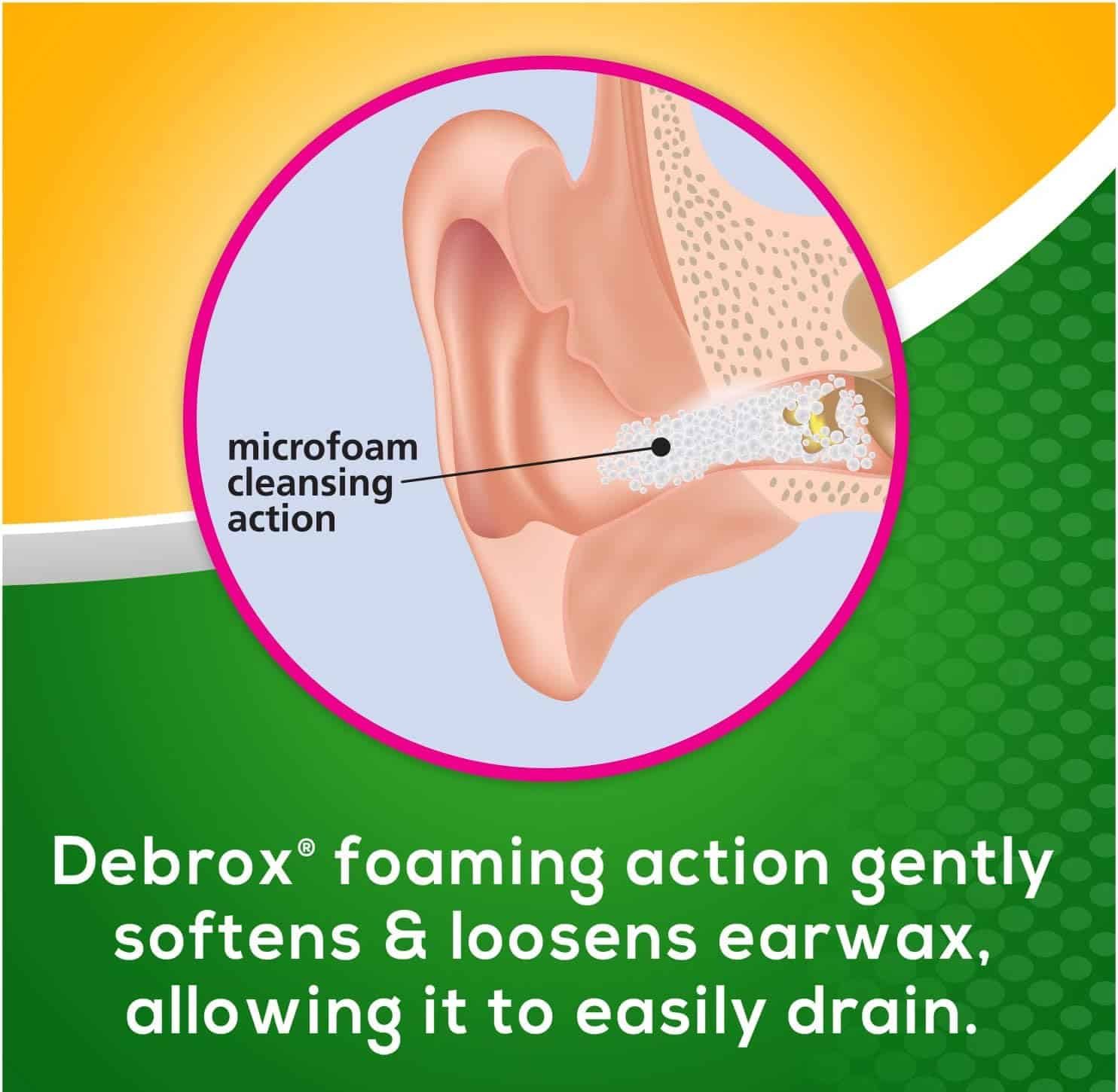Ear Cleaner: Gentle and Effective Care

Ear Cleaner: How Does This Gentle and Effective Care Enhance Your Wellness?
An ear cleaner is designed to remove excess earwax and debris, promoting better hearing and reducing the risk of discomfort or infections. With its soft and safe design, it ensures thorough cleaning without harming your delicate ear canal. By incorporating an ear cleaner into your regular hygiene routine, you can maintain healthier ears and enjoy a clearer auditory experience. Embrace the wonders of an ear cleaner and take a step towards improved wellness for your ears.
Table of Contents
- Understanding the Importance of Ear Cleaning
- Why is ear cleaning important?
- How often should I clean my ears?
- Are there any risks associated with improper ear cleaning?
- Exploring Different Types of Ear Cleaners:
- Ear Cleaning Dos and Don'ts: Essential Guidelines for Gentle Care
- Step-by-Step Guide to Gentle Ear Cleaning:
- Product Recommendations for Effective Ear Care:
- Common Myths and Misconceptions about Ear Cleaning:
- Expert Tips for Maintaining Ear Hygiene:
- Addressing Common Ear Care Concerns:
- Frequently Asked Questions (FAQs)
Taking care of your ears is crucial for overall well-being and proper auditory health. When it comes to ear cleaning, using gentle and effective techniques and products is essential. In this article, we will delve into the world of ear cleaners and provide you with a comprehensive guide to gentle and effective care. Whether you’re looking for advice, product recommendations, or answers to common questions, we’ve got you covered. Let’s explore the world of ear cleaner: gentle and effective care.
Understanding the Importance of Ear Cleaning
Our ears play a crucial role in our daily lives, allowing us to hear the world around us. Yet, ear care is often overlooked or misunderstood, leading to potential issues that can affect our hearing and overall well-being. Regular ear cleaning is an essential aspect of personal hygiene, and in this comprehensive guide, we will delve into the importance of ear cleaning, explore different types of ear cleaners, discuss dos and don’ts of ear cleaning, provide a step-by-step guide to gentle ear cleaning, offer product recommendations for effective ear care, debunk common myths and misconceptions, share expert tips for maintaining ear hygiene, and address common ear care concerns. So, let’s get started!
Why is ear cleaning important?
Ear cleaning is vital because it helps prevent the buildup of earwax and debris in the ear canal. Earwax, also known as cerumen, serves as a natural defense mechanism, trapping dust, bacteria, and foreign particles before they reach the eardrum. However, excess earwax can lead to ear blockages, discomfort, and even temporary hearing loss. Regular ear cleaning helps maintain proper ear hygiene and ensures the optimal functioning of our ears.
How often should I clean my ears?
The frequency of ear cleaning varies from person to person. For most individuals, cleaning the outer ear with a damp cloth during regular bathing is sufficient. However, inserting cotton swabs or other objects into the ear canal to remove earwax is not recommended, as it can push the wax deeper and cause damage. If you experience excessive earwax buildup or any discomfort, consult a healthcare professional for safe and effective cleaning.
Are there any risks associated with improper ear cleaning?
Yes, improper ear cleaning can be risky. Inserting objects like cotton swabs, hairpins, or any sharp items into the ear canal can lead to ear injuries, punctured eardrums, or impacted earwax. Additionally, aggressive ear cleaning can disrupt the ear’s natural balance, leading to infection or inflammation. It’s essential to adopt safe ear-cleaning practices and seek professional help when needed.
Exploring Different Types of Ear Cleaners:
Ear Picks or Curettes:
- The ear picks or curettes are small tools designed to gently remove earwax from the outer ear. They come in various shapes and sizes and should be used cautiously to avoid pushing the wax deeper into the ear canal.
Ear Irrigation Kits:
- The Ear irrigation kits use a gentle stream of water to flush out excess earwax. They are effective for some individuals, but caution should be exercised to avoid using excessive force, as it may cause damage to the ear.
Over-the-Counter Ear Drops:
- There are over-the-counter ear drops available that can soften earwax, making it easier to remove. These drops should be used as directed and are typically safe for mild earwax buildup.
Ear Cleaning Dos and Don’ts: Essential Guidelines for Gentle Care
Dos:
- Clean the outer ear regularly with a damp cloth during bathing.
- Use over-the-counter ear drops to soften earwax if necessary, following the product instructions.
- Seek professional help if you experience significant earwax buildup or any ear-related discomfort.
- Use ear picks or curettes cautiously for removing earwax from the outer ear, if necessary.
Don’ts:
- Do not insert cotton swabs or any objects into the ear canal to remove earwax, as it can push the wax deeper and cause injury.
- Don’t use ear candles, as they are not effective and can be dangerous.
- Do not ignore persistent ear problems; consult a healthcare professional for appropriate diagnosis and treatment.
Step-by-Step Guide to Gentle Ear Cleaning:
- Wash your hands thoroughly to ensure cleanliness during the ear cleaning process.
- Take a damp, soft cloth and gently clean the outer ear to remove visible dirt and debris.
- If you suspect excess earwax buildup or experience any discomfort, consider using over-the-counter ear drops specifically designed to soften earwax. Follow the product instructions for proper usage.
- Wait for a few minutes to let the ear drops work on softening the earwax.
- Tilt your head to the side to allow any liquid or softened earwax to drain out of the ear.
- Never insert cotton swabs, hairpins, or any objects into the ear canal. If you feel the need for further cleaning, consult a healthcare professional.
Product Recommendations for Effective Ear Care:
-
Debrox Earwax Removal Kit:
This kit contains ear drops that effectively soften earwax, allowing for gentle removal.
-
Elephant Ear Washer Bottle System:
The ear irrigation kit offers a safe and efficient way to flush out excess earwax using a controlled stream of water.
-
Clinere Ear Cleaners:
Designed to remove earwax from the outer ear without pushing it deeper into the ear canal.
-
Mack’s Pillow Soft Silicone Earplugs:
These earplugs are ideal for protecting your ears while swimming or bathing, preventing water from entering the ear canal.
Common Myths and Misconceptions about Ear Cleaning:
-
Myth 1: Cotton swabs are safe for ear cleaning.
Reality: Cotton swabs should never be used for ear cleaning, as they can push earwax deeper into the ear canal and cause injury.
-
Myth 2: Ear candles are effective for removing earwax.
Reality: Ear candles are not effective and can be dangerous. They pose a risk of burns, and no scientific evidence supports their effectiveness in removing earwax.
-
Myth 3: You should clean your ears daily.
Reality: Cleaning the outer ear with a damp cloth during regular bathing is generally sufficient for most individuals. Cleaning the ear canal should only be done when necessary and preferably by a healthcare professional.
Expert Tips for Maintaining Ear Hygiene:
- Avoid inserting anything into your ears, including cotton swabs or other objects. The ear is a self-cleaning organ, and the use of objects can disrupt its natural process.
- If you wear hearing aids or earplugs, clean them regularly to prevent the buildup of dirt and bacteria.
- Protect your ears from loud noises to prevent hearing damage. If you work in a noisy environment or attend loud events, consider using earplugs.
- Maintain a healthy diet and lifestyle, as proper nutrition and overall well-being can contribute to ear health.
Addressing Common Ear Care Concerns:
Earwax Impaction:
- Earwax impaction occurs when earwax becomes tightly packed in the ear canal, causing discomfort and hearing difficulties. If you suspect earwax impaction, seek professional help for safe removal.
Swimmer’s Ear:
- Swimmer’s ear is an infection of the outer ear canal that can occur after swimming or prolonged exposure to water. Keep your ears dry and avoid swimming in contaminated water to prevent this condition.
Ear Infections:
- Ear infections can be painful and require medical attention. Common symptoms include ear pain, discharge, and hearing problems. Consult a healthcare professional for appropriate diagnosis and treatment.
Tinnitus:
- Tinnitus is a condition characterized by a ringing or buzzing sensation in the ears. While not directly related to ear cleaning, maintaining ear hygiene can help prevent certain ear issues that may contribute to tinnitus.
Frequently Asked Questions (FAQs)
Can ear cleaning cause damage to the ears?
- Answer: While improper ear cleaning techniques can cause damage, following safe and gentle methods reduces the risk. It’s important to avoid using sharp objects or inserting them deeply into the ear canal.
How often should I clean my ears?
- Answer: The frequency of ear cleaning varies from person to person. In general, it’s recommended to clean your ears when excess wax buildup causes discomfort or affects your hearing. Consult with a healthcare professional for personalized advice.
Are cotton swabs safe for ear cleaning?
- Answer: Cotton swabs should never be inserted into the ear canal. They can push wax deeper and potentially damage the eardrum. It’s best to use cotton swabs for external ear cleaning only.
Is ear candling an effective method for ear cleaning?
- Answer: Ear candling is not a scientifically proven method for ear cleaning and can be dangerous. It involves inserting a hollow candle into the ear and lighting it. It’s best to avoid this method and opt for safer alternatives.
How can I prevent earwax buildup?
- Answer: Regular ear cleaning and avoiding the use of objects to clean your ears are crucial for preventing excessive wax buildup. Additionally, maintaining good ear hygiene and avoiding excessive moisture can help prevent earwax accumulation.
Is it necessary to seek professional help for ear cleaning?
- Answer: If you’re experiencing severe pain, hearing loss, or persistent earwax blockage, it’s advisable to consult a healthcare professional. They can safely assess your condition and provide appropriate treatment if necessary.
Can earwax be completely removed from the ears?
- While some earwax is necessary and healthy, excess earwax can be safely removed by a healthcare professional using specialized tools and techniques.
Are there any natural remedies for earwax removal?
- There are some natural remedies that claim to remove earwax, such as using warm olive oil or hydrogen peroxide drops. However, it is essential to exercise caution and consult a healthcare professional before attempting any at-home remedies.
Can I use earphones or headphones for extended periods without harming my ears?
- Prolonged use of earphones or headphones at high volumes can lead to hearing damage. It is advisable to keep the volume at a moderate level and take breaks to give your ears a rest.
Proper ear care and regular ear cleaning are essential for maintaining healthy ears and preventing potential hearing problems. Avoid inserting objects into the ear canal and use safe and effective methods for ear cleaning. If you experience any ear-related discomfort or excessive earwax buildup, seek professional help. By following the dos and don’ts of ear cleaning, adopting expert tips for maintaining ear hygiene, and addressing common ear care concerns, you can ensure your ears stay in optimal condition, allowing you to enjoy the world of sound around you.
Don’t miss the chance to explore a variety of ear cleaners from top retailers like Walgreens, Amazon, and Walmart. Discover the perfect ear-cleaning solution that fits your needs and preferences. Experience the convenience and effectiveness of these products as you ensure your ear health with the best choices available. Shop now and say goodbye to discomfort and hello to pristine aural hygiene.



